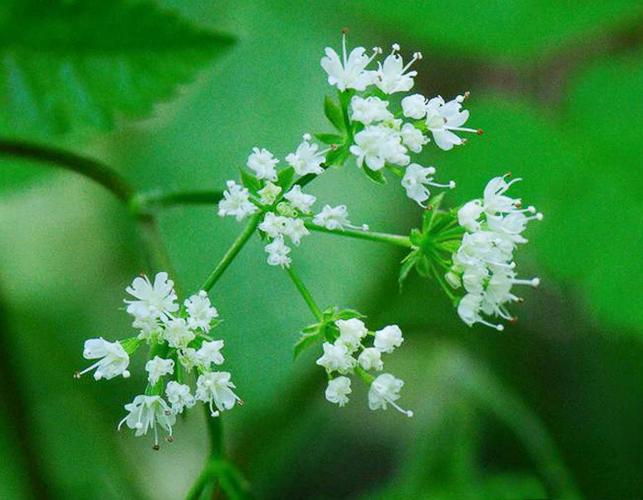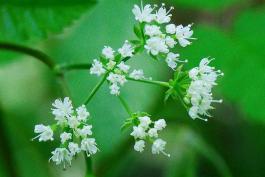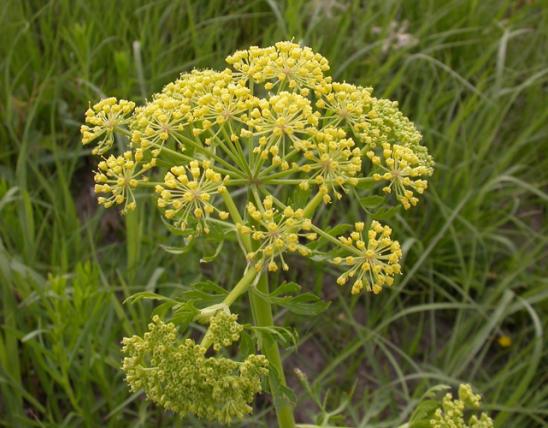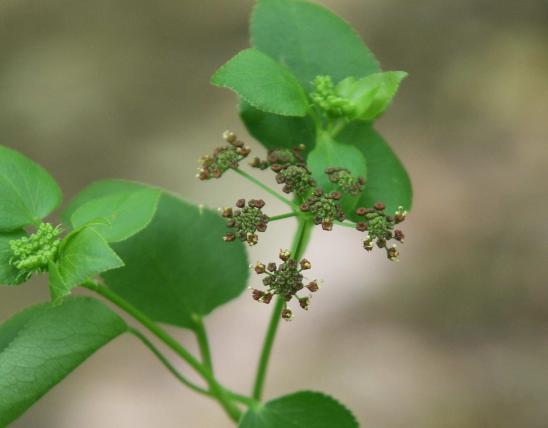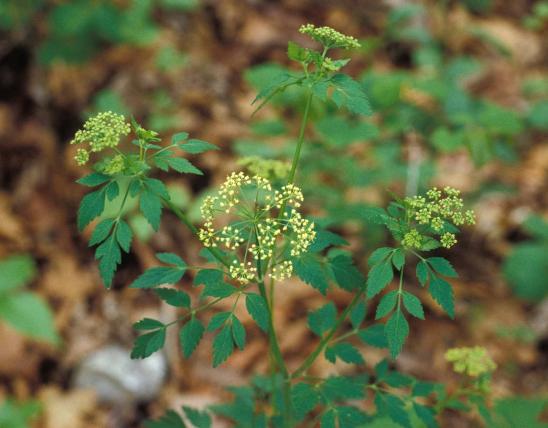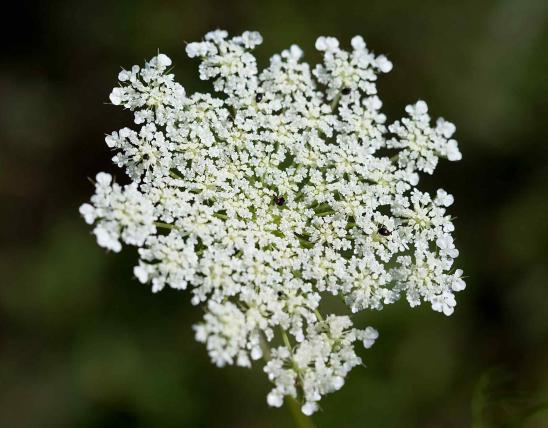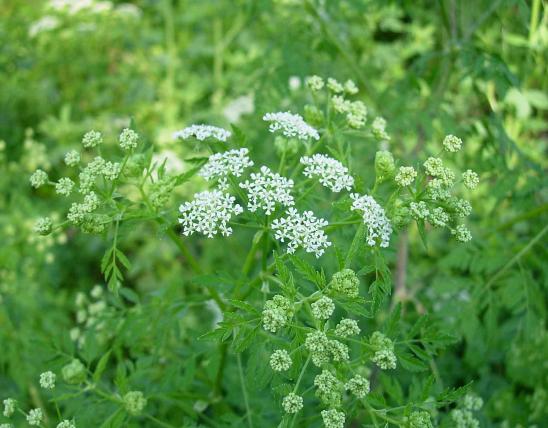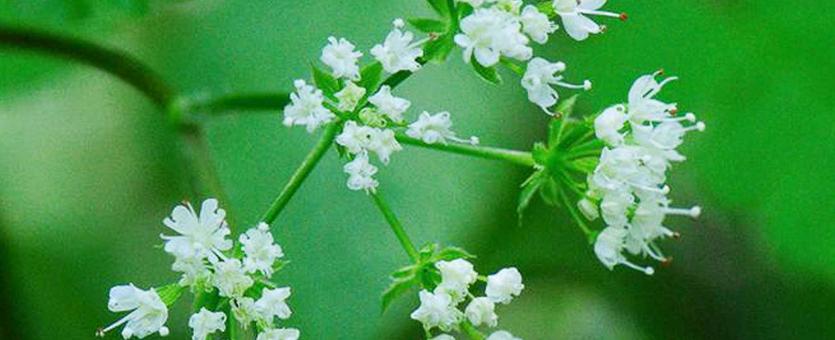
Missouri has two species of sweet cicely, which can be hard to tell apart. Both are perennial herbs with umbels of small white flowers, fernlike leaves, and sweetly aromatic, carrotlike roots. Flowers minute, white, massed on simple umbels. Blooms April–June. Leaves fernlike: twice ternately compound (in 3 sections, 2 lateral, 1 terminal, all 3 divided again into 3 sections), coarsely toothed, the lateral leaflets on a short stalk, the terminal on a longer one; aromatic. Root carrotlike, often aromatic with an anise or licorice scent.
Anise root (O. longistylis) is our most common sweet cicely. Its roots are strongly anise-scented, and the styles of the flowers are longer than the petals at flowering time. It is scattered to common nearly statewide.
Woolly sweet cicely (O. claytonii) apparently is far less common in our state. It usually smells much less strongly of anise, and although the stamens often protrude from the flowers, the styles are shorter than the petals. It is most commonly found north of the Missouri River.
Height: to 3 feet.
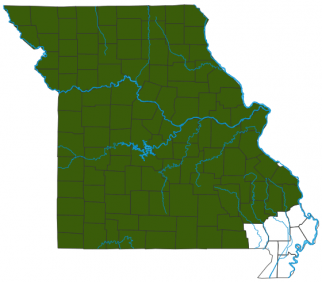
Statewide except Southeast Lowlands.
Habitat and Conservation
Occurs on rich wooded slopes, bottomland forests, banks of streams, and often in ravines.
Human Connections
Anise root has sometimes been used as a substitute for anise oil in cooking. This is done by extracting the oils from the roots or by grating the roots. Members of the celery family (such as this plant) tend to be rich in aromatic oils, and many species are very important in cooking.
Ecosystem Connections
Like other members of the celery or parsley family, some butterflies use this species as a food plant for their larvae. The flowers provide nectar to several more types of insects.
